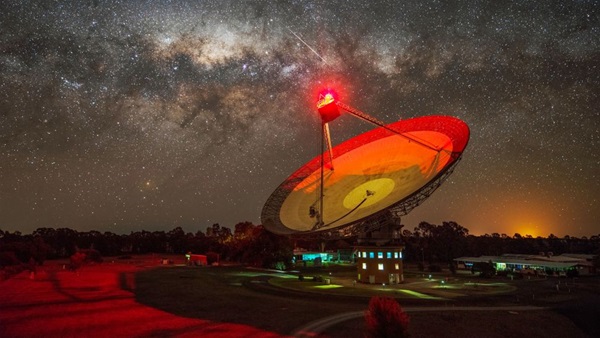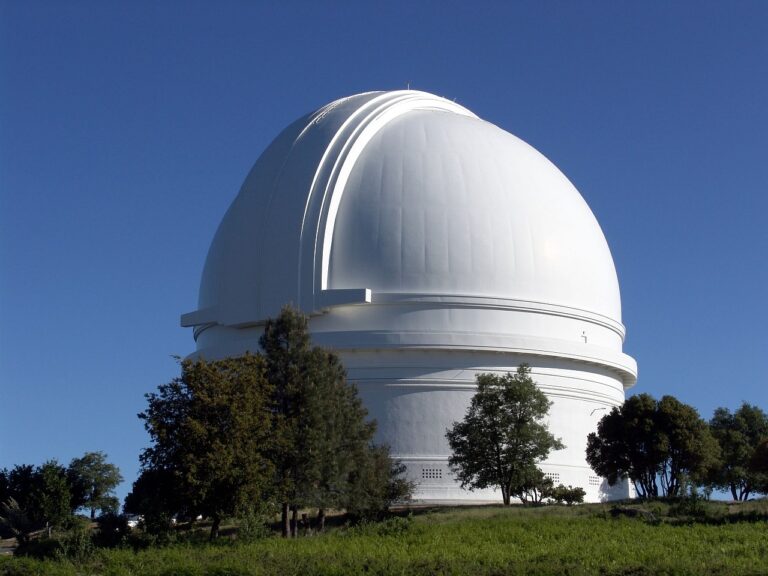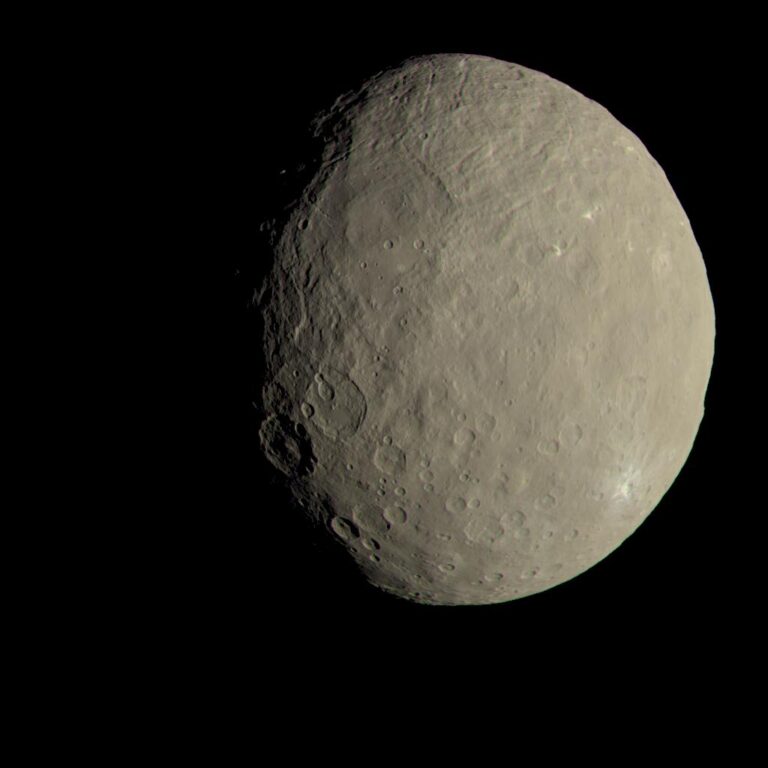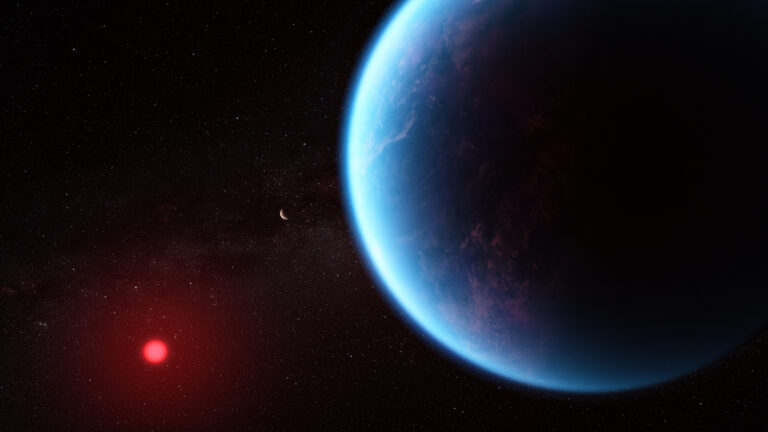Key Takeaways:
- The Parkes Radio Telescope detected a narrowband signal, BLC1, seemingly originating from Proxima Centauri, exhibiting characteristics consistent with a technosignature, including frequency drift indicative of an exoplanet's motion.
- Subsequent investigation, involving re-observation and extensive data re-analysis, ruled out extraterrestrial origin by identifying multiple similar signals in both on-source and off-source observations.
- Analysis revealed that BLC1 and similar signals were likely caused by complex radio frequency interference stemming from within the telescope's local electronic environment, specifically attributed to common clock oscillator frequencies.
- The research highlighted the challenges of technosignature detection, emphasizing the need for rigorous analysis, comprehensive data storage strategies, and the development of improved filtering and verification frameworks to distinguish genuine signals from complex interference.
On 29 April 2019, the Parkes Radio Telescope in New South Wales, Australia, picked up an unusual signal while searching for signs of intelligent life elsewhere in the universe. The telescope was observing Proxima Centauri, the nearest star to the sun and host to a number of exoplanets that are potentially habitable.
The search was part of a project called Breakthrough Listen, which is hunting for technosignatures from other civilizations. These searches gather vast amounts of data. So the first task is to filter the interesting signals from the background.
In theory, a technosignature must have two important properties. The first is that it must be confined to a narrowband of frequencies with high information content, just like radio broadcasts on Earth. No known natural process can produce signals like this.
The second is that the frequency of the signal must drift in a way that is consistent with the motion of an exoplanet relative to the Earth. The drift is the result of the relative accelerations which causes a slight Doppler shift.
So Sofia Sheikh at the University of California, Berkeley and colleagues created a filter that automatically separates signals with these properties from all the others the telescope picks up. They found over 4 million of them.
Signal of interest
To help pick out false alarms, the telescope regularly switches from its target to point in other directions. That allowed Sheikh and co to discount any signals that continued in both periods. That left just 5160 hits.
The team further filtered out any signals in the range of known radio transmitters and any with a drift that corresponds to the motion of satellites.
That left a single unexplained event. The team describe it as a narrowband signal with characteristics broadly consistent with a technosignature, which appeared during a 2.5 hour period of observation but only when the telescope was pointing towards Proxima Centauri.
“The event does not lie within the frequency range of any known local radio-frequency interference, and has many characteristics consistent with a putative transmitter located in another stellar system,” say Sheikh and co.”
They called this signal of interest Breakthrough Listen Candidate 1 or BLC1 and it has been the subject of an extraordinary investigation.
Attributing a signal to an alien civilization is the hypothesis of last resort. Before that, every conventional explanation has to be explored and refuted. So Sheikh and co undertook a remarkable investigation into the possibility of complex but conventional explanations.
They began by re-observing Proxima Centauri earlier this year, exactly two years after the first observation, to replicate as far as possible the initial observing conditions. During these observations, they found no evidence of a signal similar to BLC1.
They then re-examined the possibility that a moving transmitter nearby could be the source—a car, train, helicopter, plane, balloon etc. Perhaps such a moving transmitter could reproduce the observed drift on BLC1.
The problem with this explanation is that BLC1 appeared for several hours. The team could find no reasonable trajectory that reproduced the drift for such a long period of time. “It is extremely difficult to construct a continual motion path that could persist as exhibited by the measured signal, even by varying the speed along the route,” they concluded.
They came to a similar conclusion that satellites could not be the source. Low Earth Orbit satellites move too quickly to be observed over such a long period. And geostationary satellites do not drift. Neither could have produced BLC1.
Then there are deep space probes in distant parts of the Solar System. But the team were able to rule them out because none are in line with the telescope and Proxima Centauri and so could not be the source.
Next, the team looked for drifting signals, similar to BLC1, in data that had been originally rejected by their filtering algorithm. This required the researchers to visually inspect the data, looking for patterns similar to BLC1.
Amazingly, they found four examples of BLC1-like signals with a signal-to-noise ration so low that they had failed to reach the detection threshold of their algorithm.
They then looked for similar signals in the data gathered from other stars, some 7000 observations in total. Again, amazingly, they found 1 example of a signal similar to BLC1.
“All five of these 982 MHz signals from different days are fainter than BLC1; three of them conclusively appear in the off-sources, while two of them are inconclusive,” say Sheikh and co.
These five signals point to an alternative explanation—that BLC1 Is a complex form of radio interference that just happened to appear at the time the team were observing Proxima Centauri. If this were true, thought the researchers, there ought to be other examples of similar patterns at other frequencies.
So again they went back to the original data and found 36 signals at other frequencies that looked like BLC1 but that had been filtered out by the search algorithm as obvious radio interference. These signals had “strikingly similar morphology to blc1”.
Finally, the team looked for mirror images of the BLC1 signal—in other words signals with negative drift rates. Sure enough, they found 27 mirrored lookalikes. All these appeared in data from observations when the telescope was pointing away from Proxima Centauri.
To determine the possible origin of these signals, the team looked at their common properties, whether they could be part of a harmonic sequence from a parent signal or had a more complex relationship.
Detective work
That’s when the origin became clear. They all appeared to be multiples of frequencies used in common clock oscillators. That meant the signals were almost certainly generated by the interaction of ordinary digital electronic devices, probably from the radio frequency environment of the telescope facility itself.
In other words, the telescope was probably picking up its own radio frequency interference, albeit a complex and rare example of it. The team have yet to identify the precise origin but say that should be possible with future studies.
That’s interesting work that reveals just how challenging the search of extraterrestrial technosignatures will be. BLC1 will contribute in its own way to future research. As a result of this work, Sheikh and co have produced a checklist of steps that astronomers will have to work through whenever they find a signal of interest, to rule out the possibility of this kind of complex interference.
It also raises important questions about data storage. A feature part of this work was the ability to reanalyze data that had originally been discarded as noise. That’s a significant amount of data that is hard to store. Just how much of this should be stored in future, in what format and for how long is up for debate.
But Sheikh and co have shown how important it can be: “Here we have learned that neglecting to consider the entire operable bandwidth of a receiver can have serious consequences.”
If humanity is to have confidence in future observations, the forensic analysis of BLC1 is likely to be foundational.
Ref: Analysis of the Breakthrough Listen Signal of Interest blc1 With a Technosignature Verification Framework (arxiv.org/abs/2111.06350)










